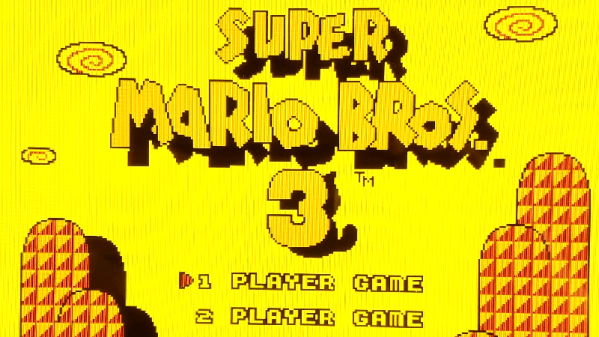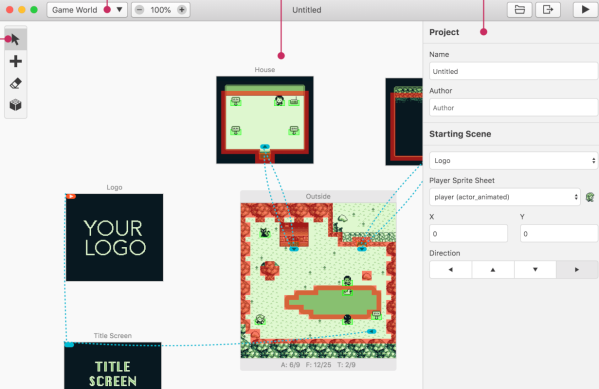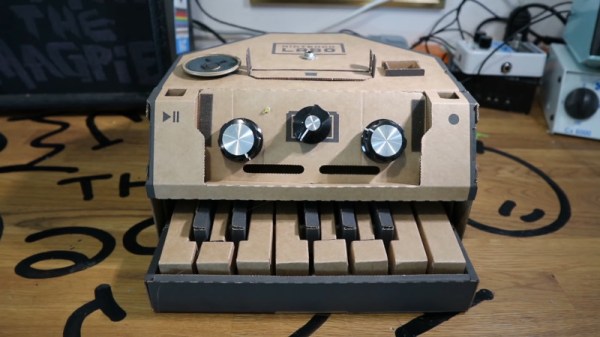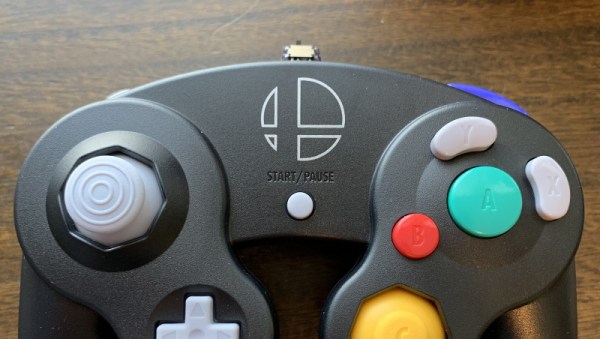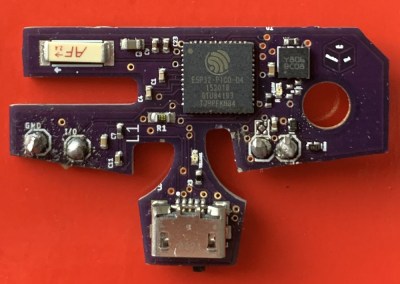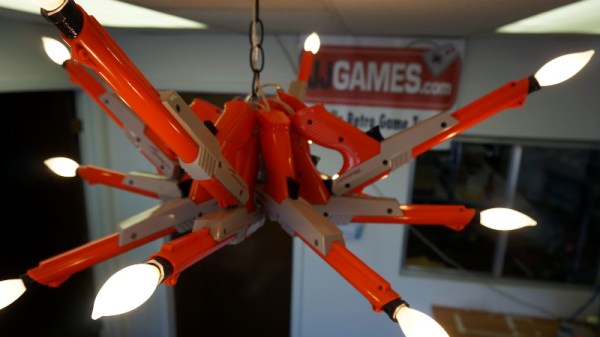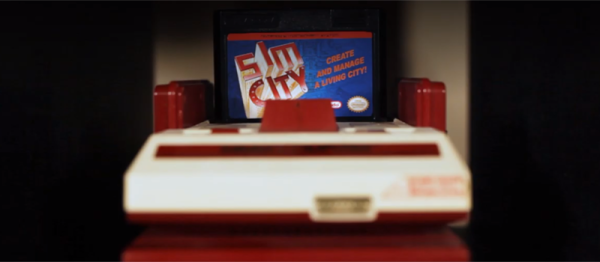Modern consoles are fun, but there are certain charms to retro gear that keep hackers entertained to this day. The original NES is a particularly ripe ground for projects, being one of the most popular consoles of its era. [kevtris] is one such Nintendo hacker, and decided to get NES games running on an old-school electroluminescent display (Youtube video, embedded below).
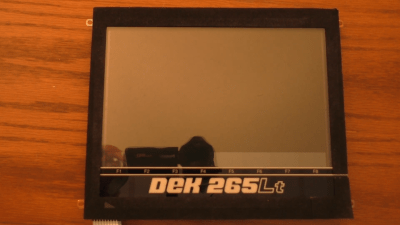
Rather than work with an original NES, [kevtris] chose to instead work with the NT Mini, an FPGA-based clone of his own design. Having picked up an EL640.480-AA1 screen, formerly from a DEK 265LT pick-and-place machine, he hunted down a data sheet and got to work. With the document outlining the required video input specifications, it was a simple matter of whipping up some Verilog and an adapter cable to get things working.
Mario, Kirby and friends can now run around, looking resplendent in the 9 colors of the red/green EL display. [kevtris] notes that the screen performs well with fast motion, and estimates the refresh rate to be in the vicinity of 60Hz. For those of you playing along at home, such screens are available online, though they’re not exactly cheap.
We’ve seen [kevtris]’s work before, with his SNES chiptune player being particularly impressive. Video after the break.
[Thanks to Morris for the tip!]
Continue reading “Playing NES Games On An Industrial EL Display”

